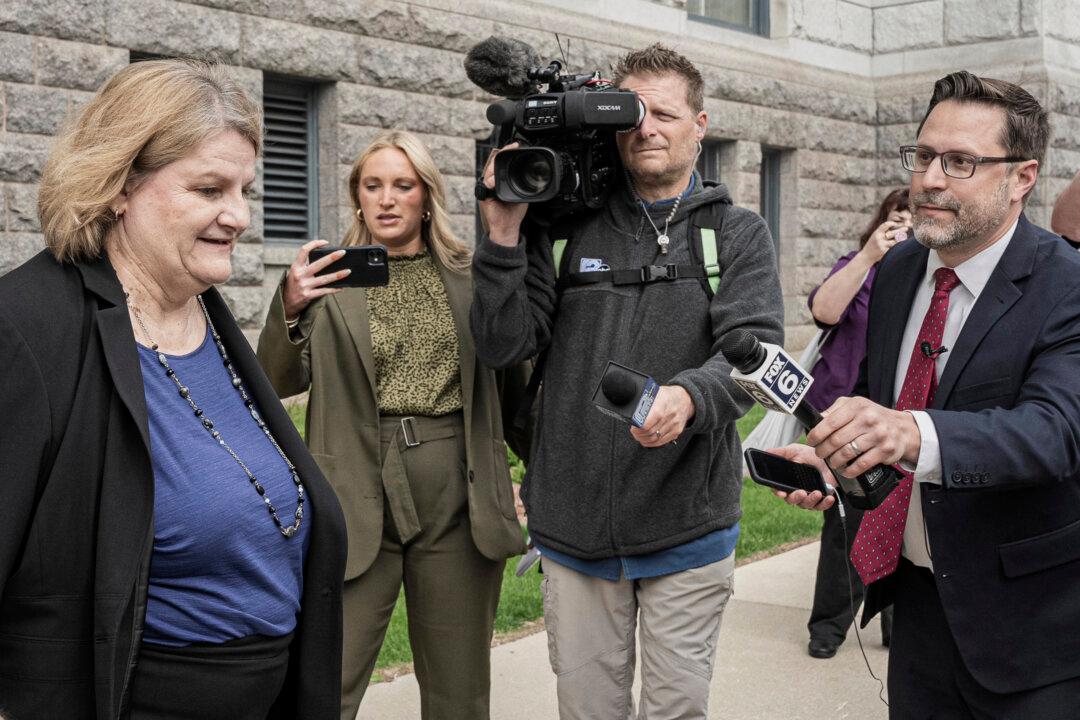Saturday, April 14, 2012
THEN
On April 14, 1865, during a performance at Ford’s Theatre in Washington, D.C., an actor named John Wilkes Booth stepped into the presidential box and shot President Abraham Lincoln point blank in the back of the head with a derringer pistol. Booth then jumped from the balcony, shattering a bone upon landing. Nonetheless, he made it to the back door and escaped on horseback. Lincoln died by the next morning, making him the first U.S. president to be assassinated. The same night Lincoln was killed, his Secretary of State, William Henry Seward, survived an assassination attempt at his home. Two weeks later, Booth was found in a barn in Virginia and fatally shot. Seward’s attacker, Lewis Paine, and three other co-conspirators—George Atzerodt, David Herold, and Mary Surratt—were all ultimately arrested and hanged. The perpetrators were all Southern sympathizers and the attacks came mere days after General Robert E. Lee had surrendered his Army of Northern Virginia to Ulysses S. Grant, signaling the North’s victory in the Civil War.
NOW
Today, an important venue for remembering and honoring the visionary leadership of President Abraham Lincoln, is the Gettysburg Museum of the Civil War, in the Gettysburg National Park, in Pennsylvania. The Gettysburg Foundation, in partnership with the National Park Service, preserves various assets and events of historical significance including the Gettysburg Campaign, the Battle of Gettysburg, and President Abraham Lincoln’s Gettysburg Address. Last month a minor scandal erupted at the Military Park visitors’ center bookstore over an inappropriate gift item: a bobblehead doll of Lincoln’s assassin John Wilkes Booth, complete with pointed gun in his hand. After the bobbling assassin dolls received critical attention from the press, the dolls were pulled from the shelves. According to the reports, the doll came in a box resembling the inside of the Ford Theatre.




